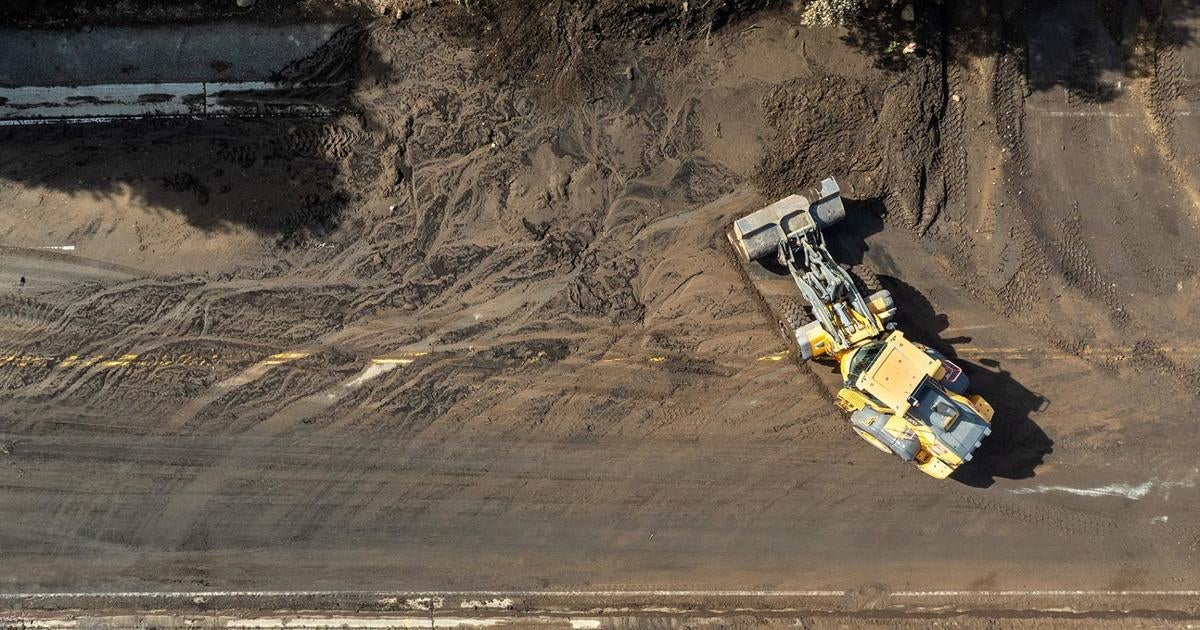Unraveling the Aftermath of Mudslides in Fire-Ravaged Los Angeles
Los Angeles has always been a city synonymous with glamour and sunshine. However, as it grapples with the dual challenges of heavy rainfall and the aftermath of devastating wildfires, the landscape has transformed dramatically. The recent combination of these two environmental phenomena has triggered mudslides, wreaking havoc across the region. This article delves into the environmental impact and safety concerns arising from this alarming combination, illuminating the pressing need for awareness and preparedness.
The Connection Between Wildfires and Mudslides
To understand how heavy rains trigger mudslides in fire-ravaged areas like Los Angeles, it’s crucial to examine the relationship between wildfires and soil stability. Wildfires burn not just vegetation but also the roots that help anchor soil in place. This loss of root structure reduces the soil’s ability to absorb water, making it more susceptible to erosion when rain falls.
- Soil Composition: After a wildfire, the composition of the soil changes significantly. The intense heat can lead to a hydrophobic effect, where the soil repels water instead of absorbing it.
- Vegetation Loss: The absence of plants means that there is less material to slow down the movement of water, increasing the chances of mudslides.
- Topography: The hilly and mountainous regions around Los Angeles are particularly vulnerable. Steep slopes combined with loose soil can create a perfect storm for mudslides during heavy rains.
Recent Events: A Case Study
In early 2023, Los Angeles experienced one of its heaviest rainfalls on record, coming on the heels of a brutal wildfire season. The result was catastrophic: neighborhoods that were once bustling with activity found themselves shrouded in mud and debris.
Local authorities reported numerous incidents of mudslides, blocking roads, damaging homes, and posing significant risks to residents. Emergency services had to spring into action, rescuing those trapped and assessing the damage in affected areas.
The Environmental Impact of Mudslides
The aftermath of these mudslides is not just a matter of immediate safety; it also poses long-term environmental challenges. The effects can ripple through local ecosystems, affecting water quality and wildlife.
- Water Quality: Mudslides can carry pollutants, including chemicals and debris, into local waterways, leading to contamination. This not only affects drinking water sources but also harms aquatic habitats.
- Habitat Destruction: The sudden influx of mud can obliterate habitats for various species, resulting in loss of biodiversity. The delicate balance of the local ecosystem is disrupted, leading to unforeseen consequences.
- Increased Flooding Risks: The altered landscape can lead to increased flooding risks in the future, as the natural drainage systems become clogged with sediment and debris.
Safety Concerns for Residents
For the residents of Los Angeles, the dangers posed by mudslides are all too real. The immediate concern is life and property, but the secondary effects can be just as alarming.
- Evacuations: In the wake of mudslides, residents often face mandatory evacuations, leading to disruptions in daily life. Families can be displaced for extended periods, creating stress and uncertainty.
- Infrastructure Damage: Roads, bridges, and utilities can be damaged or destroyed, complicating recovery efforts and access to essential services.
- Health Risks: The mud and debris can harbor hazardous materials, posing health risks such as respiratory issues and injuries from slips and falls.
Preparedness and Response Strategies
Given the increasing frequency of extreme weather events, preparedness is key to mitigating the impacts of mudslides. Residents and local authorities must work together to develop effective strategies.
- Emergency Plans: Families should have emergency plans in place, including evacuation routes and communication strategies. Regular drills can ensure everyone knows what to do in case of a mudslide.
- Community Education: Raising awareness about the risks and signs of mudslides can empower residents to take action before disaster strikes. Community workshops can be invaluable in sharing information.
- Sustainable Practices: Implementing sustainable land use practices can help reduce the risk of mudslides. This includes replanting vegetation in fire-damaged areas to restore the natural balance.
The Role of Technology in Mitigation
As we look to the future, technology plays a crucial role in addressing the challenges posed by mudslides in fire-affected areas. Innovative solutions can enhance monitoring and response capabilities.
- Early Warning Systems: The development of advanced monitoring systems can provide real-time data on soil moisture and weather conditions, enabling timely alerts to residents.
- Drones and Aerial Surveys: Drones can be deployed for aerial surveys of affected areas, helping assess damage and plan for recovery efforts more effectively.
- Geographic Information Systems (GIS): GIS technology can analyze terrain and predict potential mudslide zones, allowing for better planning and risk management.
Conclusion: A Path Forward
As Los Angeles continues to navigate the challenges posed by heavy rains and the aftermath of wildfires, understanding the connection between these events is essential. The mudslides that have emerged as a consequence are a stark reminder of the delicate balance within our ecosystems and the need for proactive measures.
By investing in education, technology, and sustainable practices, residents and authorities can work together to mitigate the risks and safeguard the future. While the scars of mudslides may linger, the resilience of the Los Angeles community shines through, offering hope and a path toward recovery.
See more Your Daily Weather



